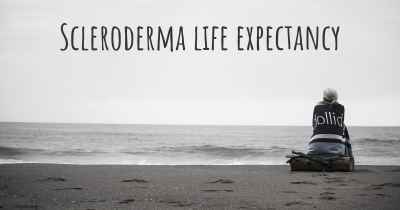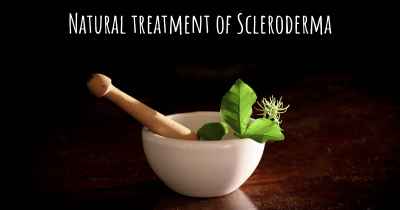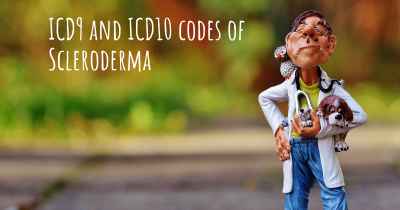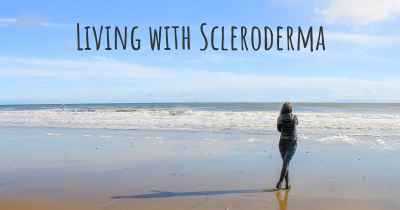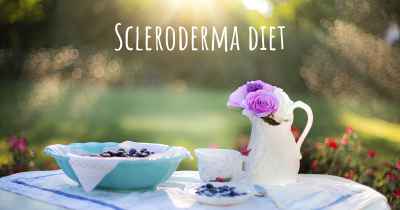What are the best treatments for Scleroderma?
See the best treatments for Scleroderma here
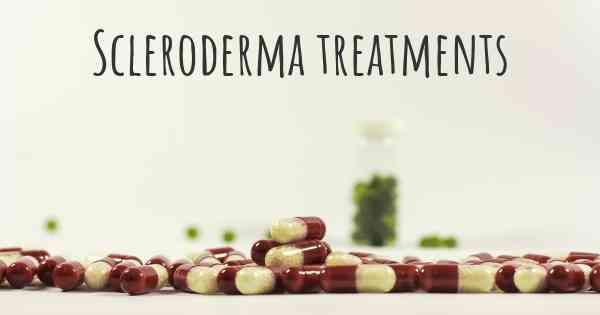
Treatments for Scleroderma
Scleroderma is a chronic autoimmune disease that affects the connective tissues, causing hardening and tightening of the skin and other organs. While there is no cure for scleroderma, various treatments can help manage its symptoms and improve the quality of life for individuals living with the condition. The treatment approach for scleroderma typically involves a combination of medications, lifestyle modifications, and therapies.
1. Medications
Medications play a crucial role in managing the symptoms and complications associated with scleroderma. The specific medications prescribed may vary depending on the individual's symptoms and the organs affected. Some commonly used medications include:
- Immunosuppressants: These drugs help suppress the overactive immune system and reduce inflammation. They are often prescribed to control skin and lung problems in scleroderma.
- Nonsteroidal anti-inflammatory drugs (NSAIDs): NSAIDs can help relieve pain, reduce inflammation, and improve joint mobility.
- Calcium channel blockers: These medications are used to manage Raynaud's phenomenon, a common symptom of scleroderma characterized by cold fingers and toes due to narrowed blood vessels.
- Proton pump inhibitors (PPIs): PPIs are prescribed to manage acid reflux and heartburn, which are common gastrointestinal symptoms in scleroderma.
- Topical treatments: Various creams and ointments can be used to soften and moisturize the skin, reducing the tightness and discomfort associated with scleroderma.
2. Lifestyle Modifications
Adopting certain lifestyle changes can significantly improve the overall well-being of individuals with scleroderma. These modifications may include:
- Protecting the skin: Avoiding exposure to extreme temperatures, using sunscreen, and wearing protective clothing can help protect the skin from damage and minimize symptoms.
- Regular exercise: Engaging in gentle exercises and stretching can help maintain joint flexibility, improve circulation, and reduce pain.
- Quitting smoking: Smoking can worsen the symptoms of scleroderma, particularly Raynaud's phenomenon. Quitting smoking is essential to improve blood flow and overall lung health.
- Healthy diet: Consuming a well-balanced diet rich in fruits, vegetables, whole grains, and lean proteins can support overall health and provide essential nutrients.
- Stress management: Stress can exacerbate scleroderma symptoms. Engaging in relaxation techniques such as meditation, deep breathing exercises, or pursuing hobbies can help manage stress levels.
3. Therapies
Various therapies can be beneficial in managing specific symptoms and complications associated with scleroderma. These therapies may include:
- Physical therapy: Physical therapists can provide exercises and techniques to improve joint mobility, manage pain, and prevent muscle weakness.
- Occupational therapy: Occupational therapists can assist in finding ways to perform daily activities with reduced hand function and recommend adaptive devices to improve independence.
- Speech therapy: Speech therapists can help individuals with scleroderma who experience difficulty swallowing or speech problems.
- Pulmonary rehabilitation: Pulmonary rehabilitation programs can help individuals with scleroderma-related lung problems improve lung function, manage breathlessness, and enhance overall respiratory health.
- Psychological counseling: Living with a chronic condition like scleroderma can be emotionally challenging. Seeking support from a mental health professional can help individuals cope with anxiety, depression, and other psychological aspects.
It is important for individuals with scleroderma to work closely with their healthcare team to develop a personalized treatment plan. Regular follow-ups and open communication with healthcare providers are essential to monitor the disease progression, manage symptoms effectively, and adjust treatment strategies as needed.
Methotrexate chemo treatment.
Cellcept medication
Prednisone steroid treatments
I also did IVIG treatments once a month for a year
Posted Mar 21, 2017 by Peggy L 550
Posted Apr 1, 2017 by Fashah 1150
keep warm
get enough rest
love and support from family
Posted Apr 1, 2017 by Milda 1000
Posted Apr 3, 2017 by Choclit 1150
Posted Mar 30, 2018 by Amy 2600
Posted Nov 21, 2018 by Juanita 1900
Posted Feb 27, 2017 by cecilia miranda 1000
Posted Mar 21, 2017 by Amparo 1000
Posted Mar 23, 2017 by ana h 1400
Posted Apr 28, 2017 by Alma Olivia 1000
Posted May 11, 2017 by Tatiana 1135
Posted May 15, 2017 by Lucero 1050
Vasodilators
Imunosupressores
Vitamins
Corticosteroids
Chemotherapy...
Posted Sep 30, 2017 by Carol 1000
